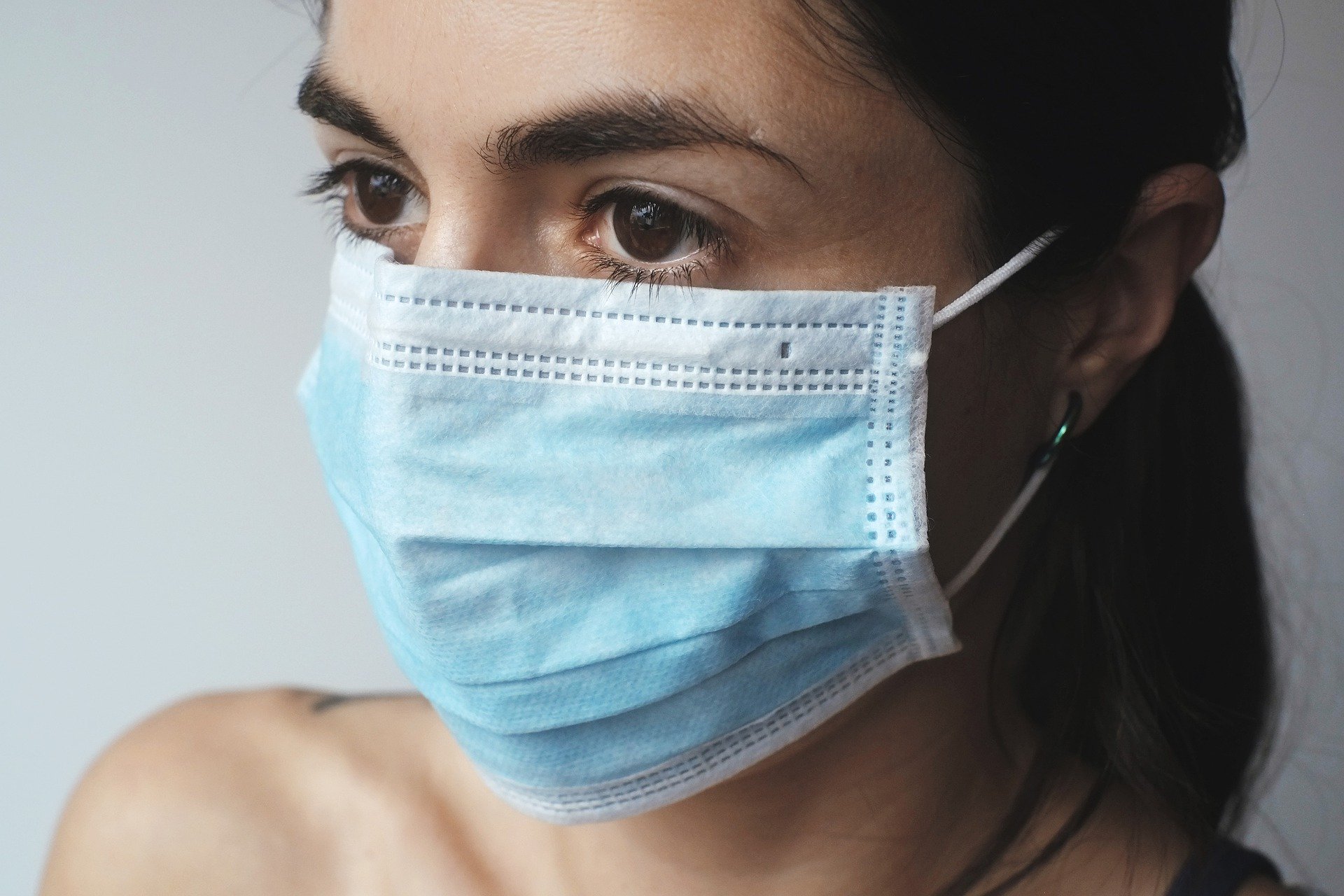BY GUOWEI “GARY” LI
Due to different national conditions around the world, countries will continue to face great pressure in terms of their initial response to COVID-19 and the next stage of prevention and control measures.
The prevention and control of the epidemic in the United States is still not optimistic.
The U.S. has recorded 4,296,004 cases as of Sunday, with 146,108 deaths, according to the latest data compiled by Johns Hopkins University — and the death toll from COVID-19 has topped 1,000 for a fourth straight day, with record highs in California, Florida and Texas.

According to the Centers for Disease Control and Prevention, both the CDC and the Office of the Assistant Secretary for Disaster Preparedness and Response External Icon (ASPR) have developed five COVID-19 pandemic plan scenarios designed to help public health officials. These scenarios use mathematical modeling and mathematical modelers throughout the federal government to make decisions.
New data on COVID-19 are available every day. However, information on the biological and epidemiological characteristics of COVID-19 and SARS-COV-2 is still limited. Almost all parameter values are still uncertain.
At a White House briefing on COVID-19 on July 21, President Donald Trump warned the epidemic in the U.S. “could get worse before it gets better.” Trump also called on Americans, especially young people, to wear masks.
The CDC also urged Americans to wear masks to prevent the spread of COVID-19 in a July 14 press release.
“We are not unprepared for COVID-19,” Robert R. Redfield, director of the Centers for Disease Control and Prevention, said in the release. “The cloth mask is one of the most powerful weapons we have to slow and stop the spread of the virus, especially when it is widely used in community settings. All Americans have a responsibility to protect themselves, their families and their communities.”

In the case of Hays, people have to follow the mandatory wearing of masks at Dillons (a subsidiary of Kroger) and Walmart to enter for normal shopping. As of Monday, masks are mandated by the city ordinance throughout Hays. Such a move is tantamount to ensuring the safety of others while ensuring their own safety.
The source of COVID-19 is still uncertain, but China appears to be doing better than Europe and North America in the second phase of prevention and control. One of the most important points is that ordinary people follow the government’s initiative and unified scheduling, and consciously wear masks in densely populated areas.
After four months of containment, China has nearly contained the spread of COVID-19. At present, only sporadic asymptomatic individual cases appear every day in China, and most provinces (states) belong to low-risk areas.
Di “Diane” Qi is a Fort Hays State University accounting professional undergraduate course graduate who returned to China from Hays on July 6. After departure from San Francisco, she arrived in China’s Guangzhou city customs and entered quarantine for 14 days. She is excited to leave quarantine behind.
“I can finally leave Guangzhou to go home,” Qi said. “I miss my local food so much.”
Because of the limited risk her home country faces, Qi is able to go without facial coverings for much of her day-to-day routine.
“Since most of the provinces have been low-risk areas since May, more and more people are going without masks,” she said. “Of course the catering and delivery staff are still required to wear masks by the government. I believe that if Americans follow state policies and wear face masks as soon as possible, they will be able to contain the spread of COVID-19 and return to normal life as soon as possible.”



